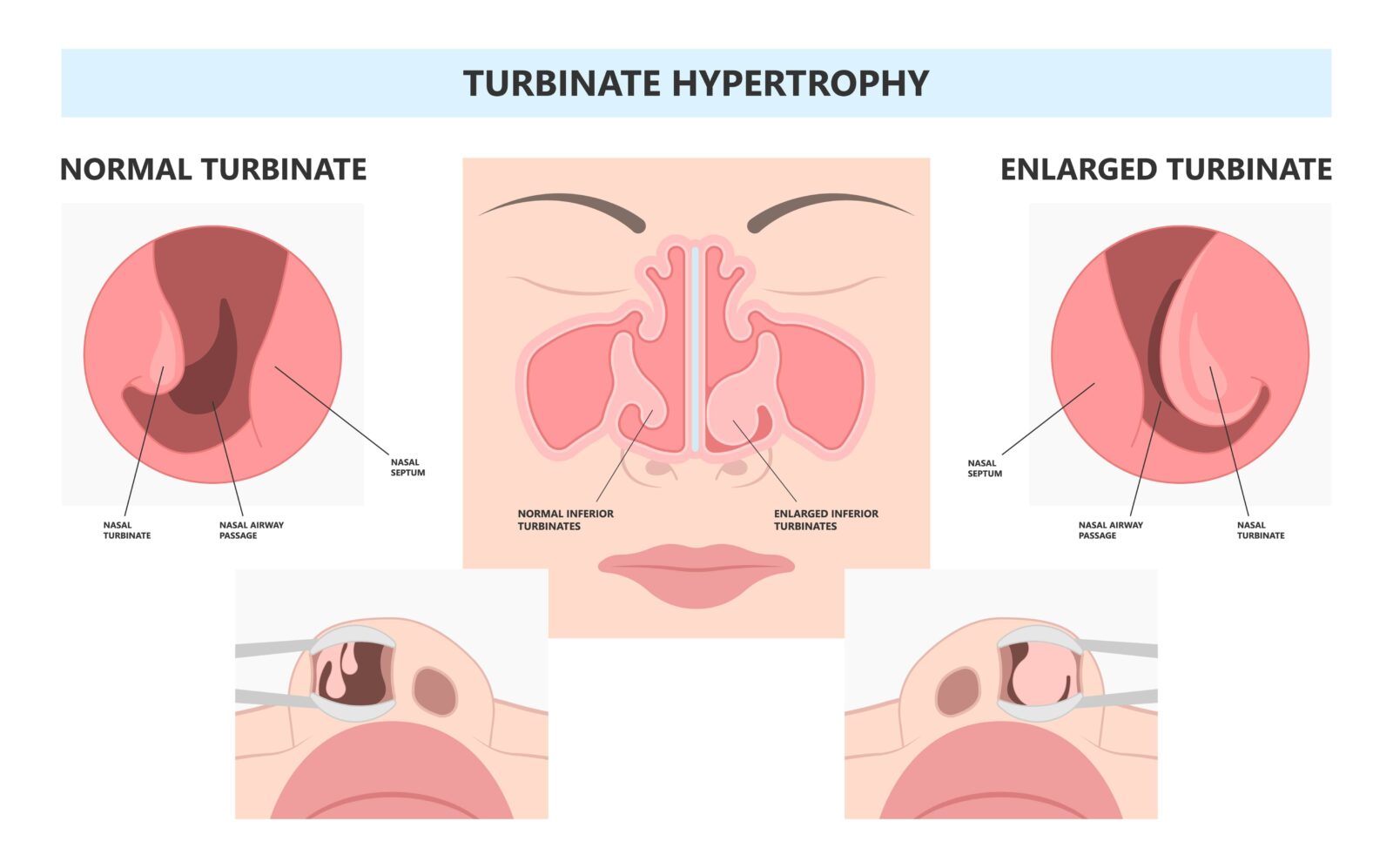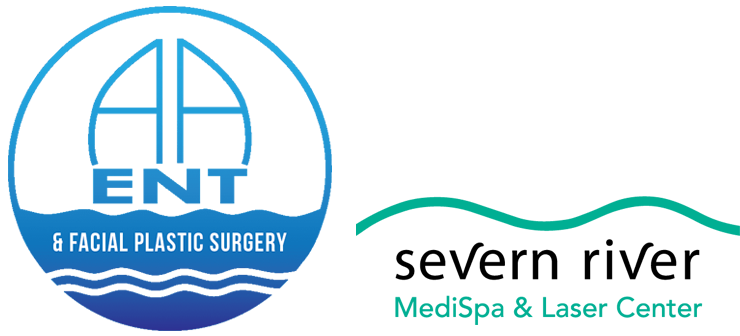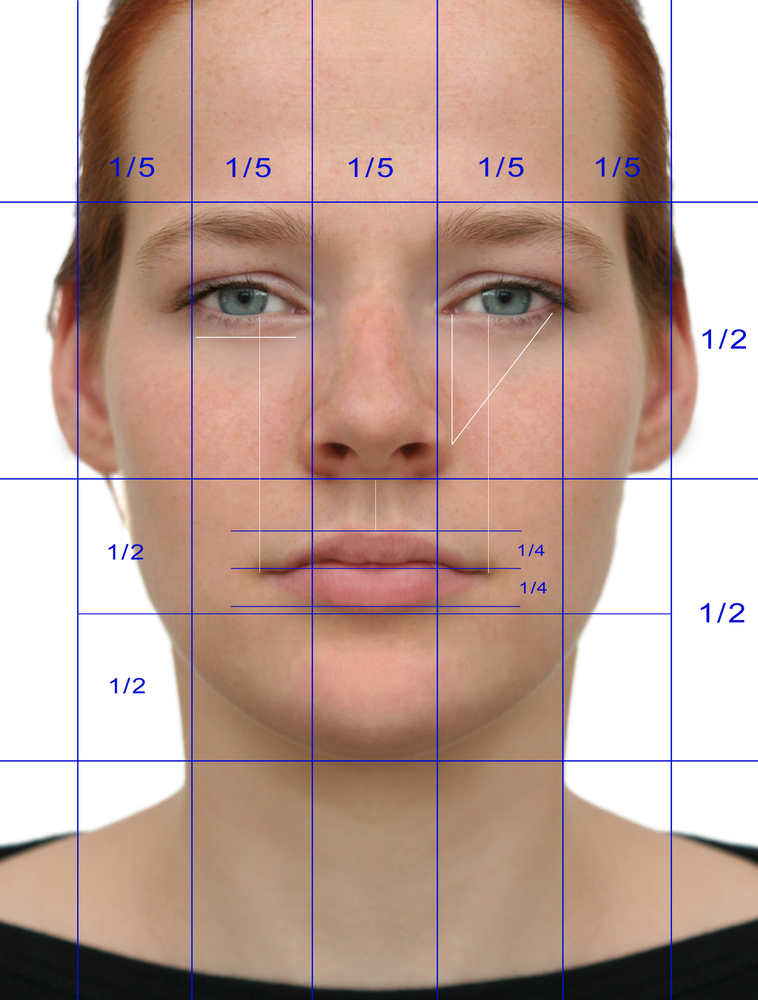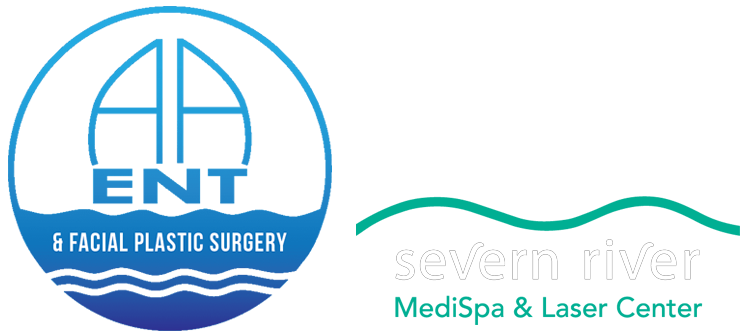Nasal congestion, often referred to as a stuffy nose, is a common issue that can significantly affect quality of life. While viruses are a well-known cause of nasal congestion, there are several other culprits that can lead to this uncomfortable condition. Here, we delve into the five most common non-viral causes of nasal congestion: allergic reactions, sinus infections, deviated septum, nasal polyps, and enlarged turbinates.
#1 Allergic Reactions
Allergic reactions are a leading cause of nasal congestion, affecting millions worldwide. Allergens such as pollen, dust mites, pet dander, and mold can trigger the immune system to release histamines and other chemicals, leading to inflammation and swelling of the nasal passages. This response is the body’s defense mechanism against what it perceives as harmful substances, resulting in symptoms such as a runny nose, sneezing, and congestion.
#2 Sinus Infections
Sinus infections, or sinusitis, occur when the sinuses become inflamed, swollen, and filled with fluid. This can be caused by bacteria, fungi, or allergies. The inflammation leads to blockage of the sinuses, causing pressure, pain, and congestion. Chronic sinus infections can lead to persistent congestion, impacting daily activities and overall well-being.
#3 Deviated Septum
A deviated septum occurs when the thin wall (septum) between your nasal passages is displaced to one side, often as a result of injury or birth defects. This deviation can block one side of the nose, reducing airflow and leading to congestion. Many people with a significantly deviated septum experience difficulty breathing through their nose and may have a predisposition to sinus infections due to poor drainage.
#4 Nasal Polyps
Nasal polyps are soft, painless, noncancerous growths on the lining of your nasal passages or sinuses. They result from chronic inflammation due to asthma, recurring infections, allergies, or certain immune disorders. Larger polyps or clusters can block your nasal passages or lead to breathing problems, a loss of sense of smell, and frequent infections.
#5 Enlarged Turbinates

Turbinates are the structures in the nose that cleanse and humidify the air we breathe in. They can become enlarged due to allergies, environmental irritants, or chronic sinus issues, leading to nasal congestion. When the turbinates are enlarged, they can significantly reduce airflow through the nose, causing difficulty breathing and contributing to snoring and sleep apnea.
Managing Non-Viral Nasal Congestion
Otolaryngologists, commonly known as ENT (Ear, Nose, and Throat) specialists, employ a comprehensive approach to manage non-viral nasal congestion, focusing on diagnosing and treating the underlying causes. Initially, they conduct a detailed history and physical examination, which may include nasal endoscopy and imaging studies like CT scans, to accurately identify the cause of congestion.
For allergic reactions, management may involve allergy testing followed by avoidance strategies, medication, or immunotherapy. In cases of sinus infections, treatment might include antibiotics, nasal corticosteroid sprays, and saline irrigation. For structural issues like a deviated septum, nasal polyps, or enlarged turbinates, surgical interventions such as septoplasty, polypectomy, or turbinate reduction might be recommended to restore nasal airflow and improve drainage.
ENTs also emphasize the importance of managing environmental factors and may recommend lifestyle changes to help reduce exposure to allergens or irritants. This multidisciplinary approach ensures personalized treatment plans tailored to the specific needs and conditions of each patient, aiming for long-term relief from nasal congestion and improvement in overall nasal function.
Conclusion
In conclusion, while viral infections are a common cause of nasal congestion, several other factors can contribute to this condition. Understanding these causes is essential for effective treatment and relief. If you’re experiencing persistent nasal congestion, it’s important to consult with a healthcare provider to identify the underlying cause and explore the best treatment options for your situation.








